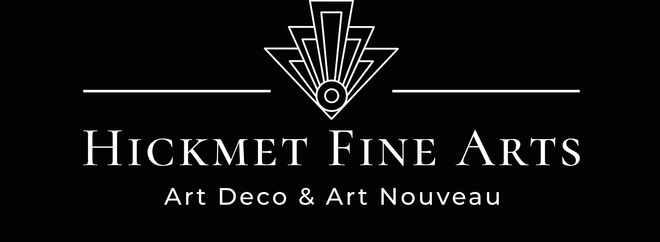Bronzes need very little in the way of cleaning and polishing. The best advice as to their care is more a case of what not to do rather than what must be done. Soap and water may cause staining so are to be avoided. Abrasives, wire brushes and metal objects will scratch the finish, and ought never to be used.
Dirt may be removed from the surface using a clean slightly damp cloth. Sharp metal objects should never be used to clean a bronze, whether the patina is painted, varnished or acid. Although the finish of acid patina is more hardy, a soft toothbrush, tooth pick or corner piece of a card is the ‘hardest’ implement that should be used to remove foreign objects. Before ‘digging away’ however, consider that darker corners may be the original patina and part of the effect intended by the artist.
Lighter areas are often where the bronze has been rubbed, even back to a golden finish. This is usually caused by hand contact. Some smaller figures may have been used as paperweights for years and therefore handled daily. Do not try to match up these light spots or even chipped areas with paint or lacquer. It is far better to leave the surface as it is than to alter the lustre (and also reduce the value) of a bronze by ‘touching’ in areas.
Having cleaned away the dirt, do not apply varnish or lacquer, and certainly nothing from an aerosol can to the surface of the bronze. Quite apart from producing an unnatural gloss externally, the agents and chemicals used in aerosols may eat into the surface and cause damage. A clean, dry duster will produce good results as will a fine, non-abrasive brush.
Some favour finishing off with a light watch oil, brushed gently over the surface, allowed to set, then wiped over with a soft cloth. Although this will afterwards attract dust, the moist finish it produces is very pleasing.
The above has been produced in good faith and we cannot be held responsible for any damage caused to bronzes by their being cleaned. If in any doubt please consult a professional.
